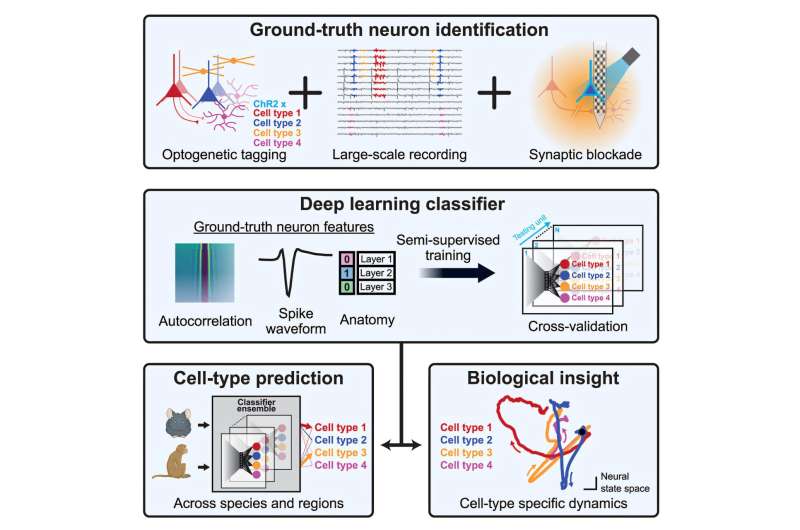Unlocking the Cerebellum’s Secrets with AI
Understanding and treating brain disorders such as tremor, imbalance, and speech impairments requires deep knowledge of the cerebellum, a part of the brain crucial for making accurate movements. Scientists have long been able to record the electrical signals transmitted by neurons in the cerebellum, but the computations between input and output have remained largely mysterious. However, a breakthrough has come with the development of an AI tool that can identify the type of neuron producing these electrical signals.

A team of researchers from multiple institutions, including Baylor College of Medicine and Duke University, have created a semi-supervised deep learning classifier that allows researchers to understand the cerebellum’s role across many behaviors. This AI tool works by analyzing the unique electrical signatures of different neuron types within the cerebellum.
“When we record the activity of neurons with extracellular electrodes, it’s like overhearing a crowded conversation between groups of people, each speaking a different language—some in Spanish, others in English or German—all talking at once,” explained Dr. Javier Medina, Brown Foundation Professor and Director of the Center for Neuroscience and AI at Baylor College of Medicine. “Our new AI tool allows us to determine which group each recorded neuron belongs to by identifying the ‘language’ it’s using, based on its electrical signature.”
The development of this AI tool was the result of a collaborative effort between 23 researchers from various institutions worldwide, working together since 2018. The team first used optogenetic experiments to “tag” the electrical activity for each cerebellar neuron type, then trained their deep learning classifier to sort recorded activity by neuron type.
“This tool is a major advance in our ability to investigate how the cerebellum processes information,” said Dr. David Herzfeld, senior research associate at Duke and one of the co-first authors of the study. The creation of this AI tool promises to help answer fundamental questions about how the brain generates behavior and may pave the way for new approaches to treating neurological disorders.


